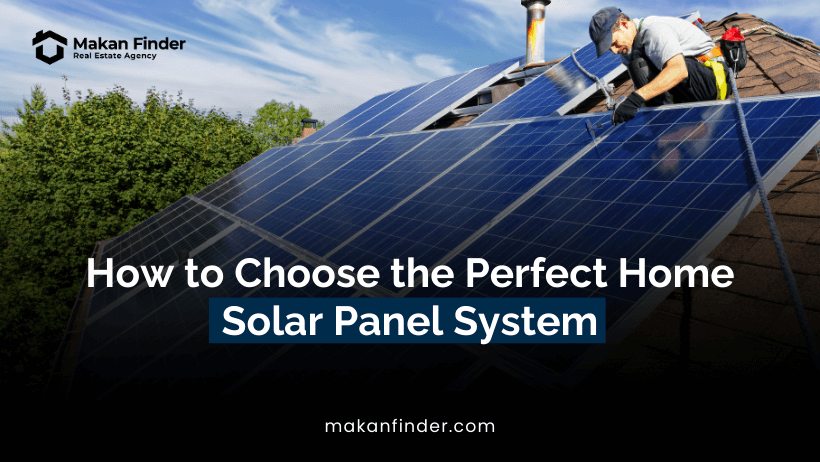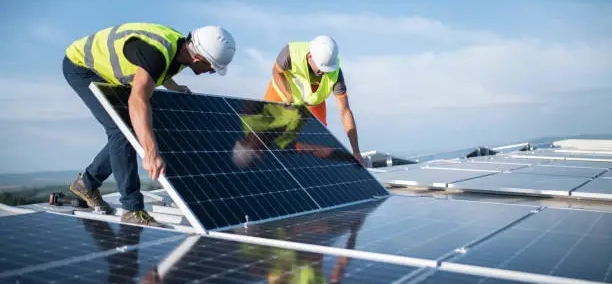Solar energy systems have become increasingly popular as an alternative power source over the past decade. The surge in power companies installing solar panels and home solar system kits nationwide can be attributed to the simple fact that generating electricity through sunlight is both environmentally friendly and cost-effective.
In Pakistan, renewable energy offers a long-term solution to the power shortage problem. The amount of sunlight the Earth receives in just one hour has the potential to fulfill the energy needs of the entire global population for approximately a year. Additionally, utilizing solar energy is a safer option compared to generating electricity through fossil fuels, which greatly contribute to land, water, and air pollution.
While the upfront costs of complete home solar system kits may be high, homeowners should view it as a one-time investment since generating power through sunlight is more affordable in the long run.
Is it advisable to install solar panels?
Before reaching out to local companies for estimates on a solar energy system for your home, it is important to determine whether installing solar panels is a viable option for you.
Consider the following questions:
- Does the location of your house allow for good southern exposure of the solar panels?
- Are there any tall buildings that might cast shadows over the panels?
- Are there any tall trees that may obstruct sunlight and cause debris to fall on the panels?
- Does your roof design enable maximum sun exposure?
Note that while most flat roofs can easily accommodate photovoltaic panels, it may be challenging to install them on roofs with a slope steeper than 60 degrees.
If your answers to the above questions are satisfactory and you plan to install a solar energy system for your home, you likely have various queries regarding equipment, costs, and, most importantly, which system to choose.
How to select the best home solar panel system
Consider the following tips to help you decide on the most suitable solar power system for your home:
1. Seek recommendations:
Installing a solar energy system is a significant commitment, so base your decision on reliable recommendations rather than being swayed by advertisements. Consult friends, family, and browse through different company websites and social media pages to read reviews from previous customers. Look for manufacturers whose systems are net metering compliant, request a price quote, and inquire about the overall installation timeline.
2. Understanding net metering:
Net metering is an approved billing mechanism by the National Electric Power Regulatory Authority (NEPRA). It allows distribution companies to purchase excess electricity generated by consumers by crediting it against the units consumed from the national grid. Homeowners must feed surplus solar energy to the grid, resulting in a reduction in their utility bills. However, the net metering process involves several steps, including application preparation, inspection, and agreement signing with the local electricity distribution company.
3. Learn about solar panels:
Familiarize yourself with the solar panel systems commonly installed in residential areas, as well as the materials and equipment involved in the installation process. Complete home solar system kits typically consist of photovoltaic solar panels, which convert sunlight into direct current (DC), and a solar inverter, which converts the energy into alternating current (AC) for household use. Two common types of solar panels are monocrystalline and polycrystalline, each with its advantages and considerations regarding efficiency, longevity, and cost.
4. Be prepared for the investment:
Installing a home solar power system can be costly, but it should be viewed as a long-term financial investment. The initial expenses will eventually pay off through reduced electricity bills and the elimination of generator usage during power outages. It is crucial to engage licensed sellers for installation, as these systems involve high-voltage DC generation and powerful batteries, requiring specific safety protocols to avoid hazardous situations in the future.
5. Determining the ideal location for solar panels:
For optimal performance, solar panels should face south to receive maximum sunlight. Roofs are often the preferred location in urban areas, but ground installations are suitable for suburban or rural areas. Keep in mind that one square foot of a conventional solar panel typically yields 5 to 10 watts of power, so if you aim to generate up to 1000 watts, you will need approximately 100 to 200 square feet of panel area. Roof mounting is generally more expensive and not recommended for areas prone to strong winds or cyclones.
6. Certification and warranty:
When purchasing a home solar system kit, ensure you deal with certified sellers and inquire about their installation licenses. Similarly, consider the warranty provided for the panels and inverters. Reputable solar energy companies usually offer warranties of up to 25 years for panels and up to 5 years for inverters. Although cost is a factor, it is advisable to avoid extremely cheap or second-hand panels and prioritize products that offer the best value for your investment.
Before considering the installation of solar panels, it is crucial to evaluate whether it is a viable option for your home. Factors such as southern exposure, potential shading from tall buildings or trees, and roof design that enables maximum sun exposure should be taken into account. Once you determine that solar energy is feasible for your home, selecting the best home solar panel system requires careful consideration.






